Sonora, the county seat of Sutton County, is on Interstate Highway 10, sixty-five miles south of San Angelo and ninety miles north of Del Rio in the north central portion of the county. The area lies in the western portions of the Texas Hill Country, a region of limestone outcrops and rolling terrain dotted with areas of live oaks and juniper in the form of a mixed woodland-grassland biome (savanna), alternating with a blend of various grasses and other shrubs and cacti.
About 1885 Charles G. (Charlie) Adams, a rancher and merchant from Fort McKavett, settled on four sections of land two miles north of Winkler's Well (later Wentworth) in 1887. He named the site Sonora, after a family servant from Sonora, Mexico. He drilled a well in 1889, the year the community received a post office. Adams offered free lots in his town, which in 1890 was selected as the county seat. The community comprised eighteen houses, three stores, two livery stables, two hotels, a combined schoolhouse and Masonic lodge, and fourteen tents. The weekly Devil's River News began publication in 1890 under the direction of Mike Murphy. Today, it remains Sutton County's oldest continuously operating business.
On February 11, 1891, the Commissioners Court met to order that San Angelo architect Oscar Ruffini prepare all necessary general and detailed drawings and specifications for the construction of Sutton County's first Courthouse. The Sutton County Courthouse was completed in 1893, and the court received the building on July 5, 1893.

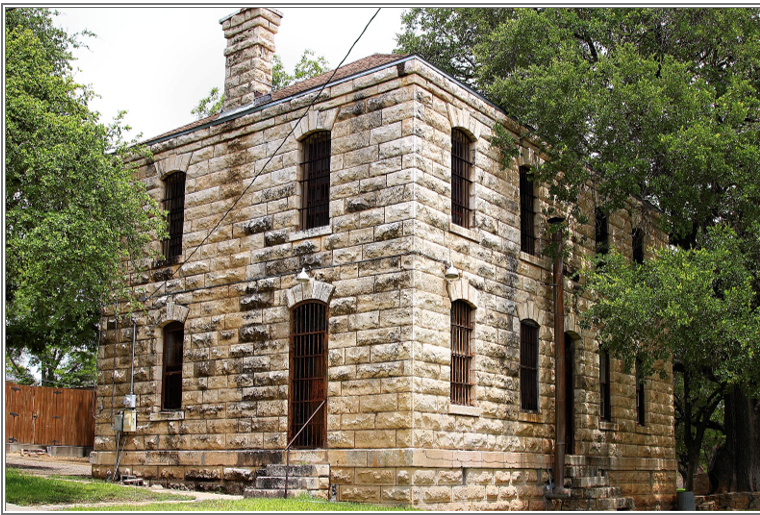
Soon after the County was organized in 1890, the commissioners authorized the Pauley Jail Building and Manufacturing Co. of St. Louis to erect a jail. Construction was begun in February 1891 under the supervision of Judge J. L. Dunagan. It was completed in September 1891. The new jail was two story and made from native limestone. It had a jailer's residence in addition to cells for lawbreakers. The first prisoner was gambler and gunman John Denson, a cousin of outlaw John Wesley Hardin.
By 1892 Sonora had 700 inhabitants, two saloons, a grain and flour mill, a restaurant, three physicians, and at least one church; it was connected to San Antonio by a mail stage. R. W. Callahan, who owned much of the city property, donated land for the courthouse, which was completed in 1893. Most of the area residents were ranchers. In 1900 a number of merchants led by E. F. Vander Stucken formed the First National Bank of Sonora.
On September 12, 1902, a fire wiped out nearly half the town's businesses. Proprietors who could afford to rebuild did so with native stone. A new school building was completed in 1904. In the early days supplies were freighted from San Angelo and Fort McKavett by wagons, a round trip that took from six to fifteen days.
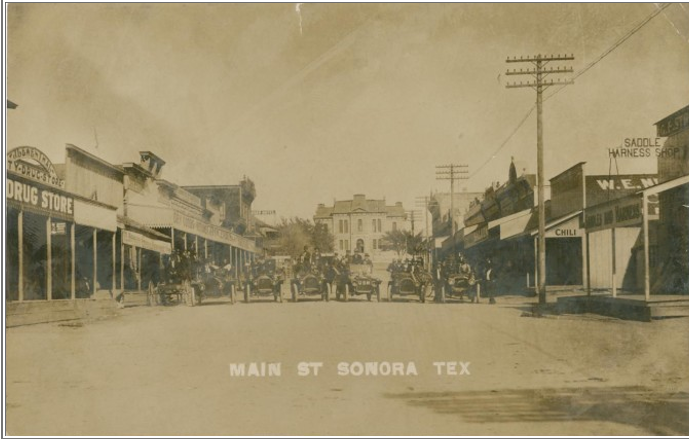
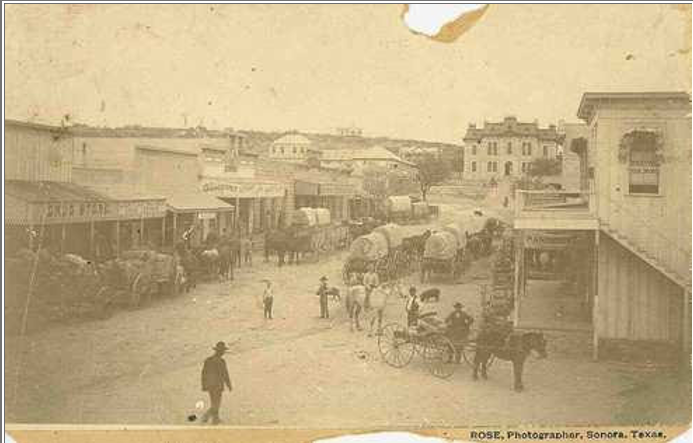
In 1908 the Kansas City, Mexico and Orient Railway was awarded a contract to lay track from San Angelo to Del Rio with a stop in Sonora. Work began in 1909, but financial problems delayed progress. Eventually, in 1928, the Atchison, Topeka and Santa Fe acquired the Orient line and began construction on the San Angelo-to-Sonora portion of the original proposed route. On May 13, 1930, after a wait of twenty-three years, the first train rolled into Sonora.
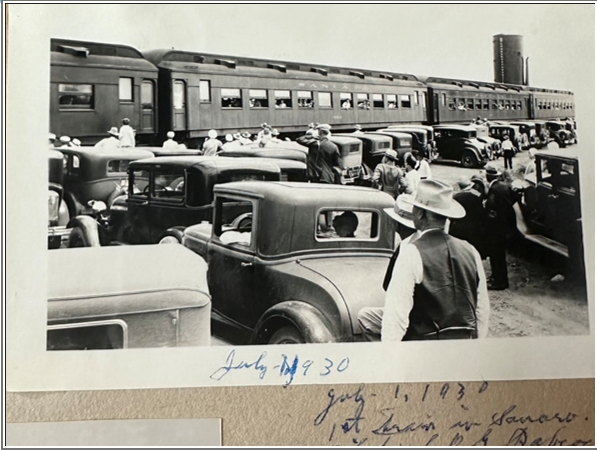
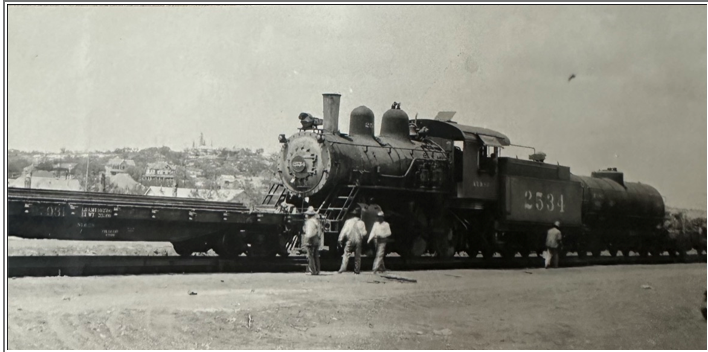
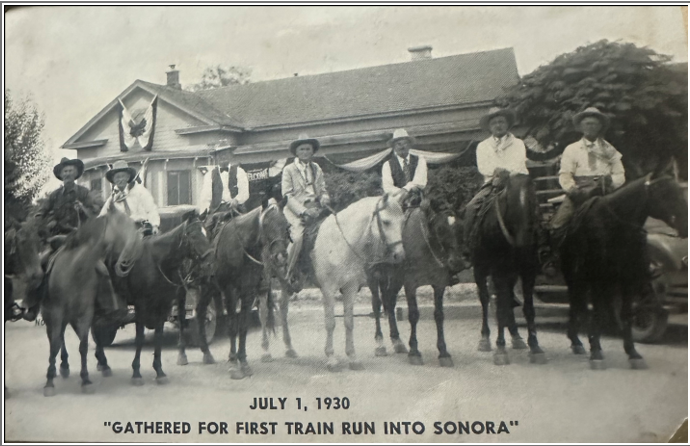
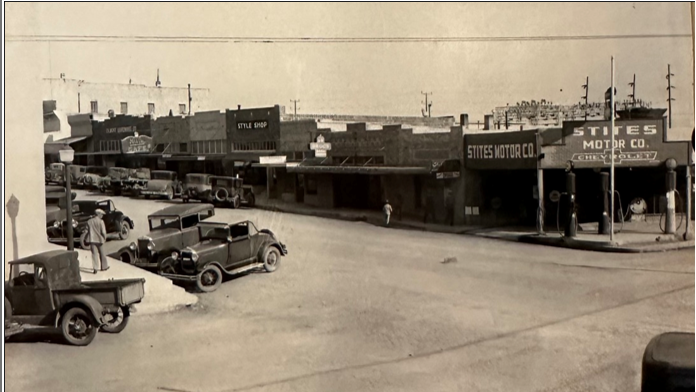
From a population of 738 in 1904, the town grew to 1,009 in 1925 and nearly 1,800 by the end of the decade. Between 1910 and 1920 several churches were constructed, including Baptist, Episcopal, and Methodist denominations. In 1914 the First National Bank reported capital holdings of $100,000, and a second newspaper, C. R. Meyers's New Era, began publication. Sonora was incorporated in 1917.
Above all else, prosperity continued to depend on livestock and livestock products. With the price of wool and mohair steadily rising throughout the teens, in 1916 Sonora moved to ensure the industry's continued health by using a $15,000 state grant to establish, in tandem with Texas A&M, a Texas Agricultural Experiment Station on five sections of land outside the city limit. This project is dedicated to researching livestock diseases and methods to improve production. However, with the Great Depression the price of wool dropped by more than half. Local sheep and goat raisers organized the Wool and Mohair Cooperative Marketing Association, later known as the Sonora Wool and Mohair Company. The cooperative sold 2,738,600 pounds of wool in its first year, and as time went on it helped stabilize commodity prices.
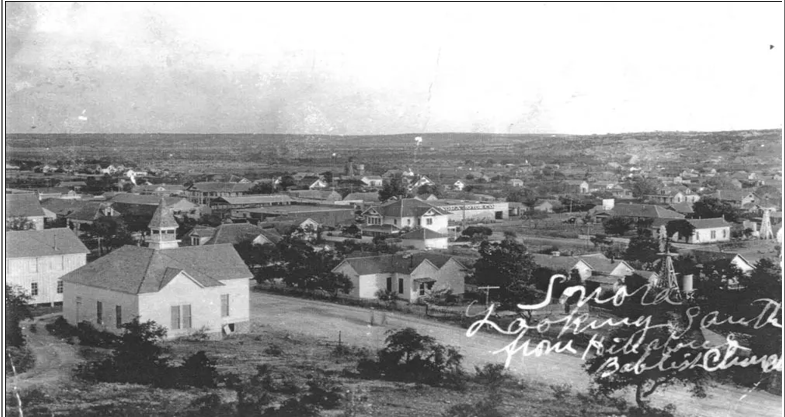
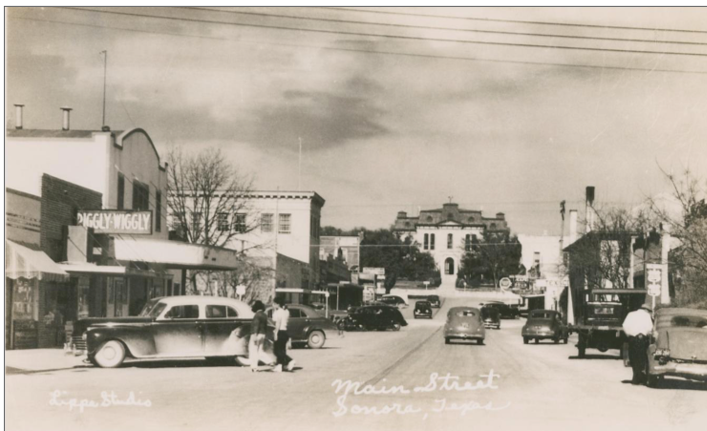
The population of Sonora remained steady in the 1920s at about 1,900, and the number of businesses, after declining from 55 to 43 between 1931 and 1933, held firm for the rest of the decade. Federally sponsored programs, largely administered by the Work Projects Administration (WPA), enabled Sonora to construct a combination fire station and city hall (the first WPA project in that part of Texas), and to make improvements in the municipal waterworks and light plant. Residents voted to place water, waste disposal, and utilities under municipal control. The city completed the L. W. Elliot School in 1936.
The prosperity that followed World War II another wave of development. The first city hospital was constructed in 1955, largely with a gift from the estate of community leader Roy Hudspeth. The first adequate airport, Joe Berger Field, was completed in 1957. In 1959 the city council commissioned plans for a series of flood-control dams; thirteen were constructed on the Devils River Draw and Lowrey Draw by March 1961. By that time Sonora had a population of 2,633. During the 1970s oil and gas exploration peaked in the area. In 1977 an estimated 5,000 to 6,000 people lived in Sonora. But that year the boom ended, and the Santa Fe Railroad received permission to close its Sonora terminal. In 1984 the population was 4,500; 52 percent were Mexican American. The schools were integrated in 1970. In 1990 the population had fallen to 2,751. In 2000 the community contained 2,924 inhabitants and 222 businesses. In 2024 Sonora had a population of 2,358. The town’s population is declining at a rate of approximately 1.4% annually.
Source: Texas State Historical Society with figures and other statistics from Devil Rivers News and World Population Review.
